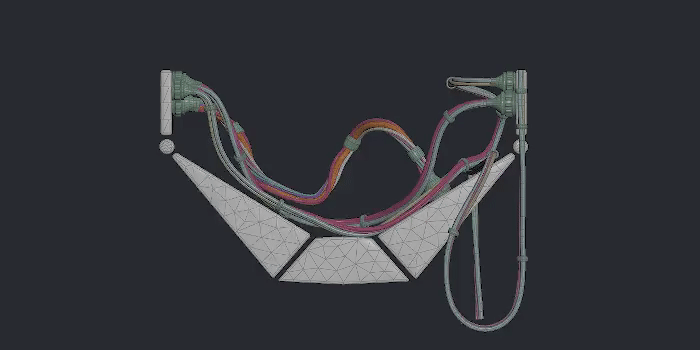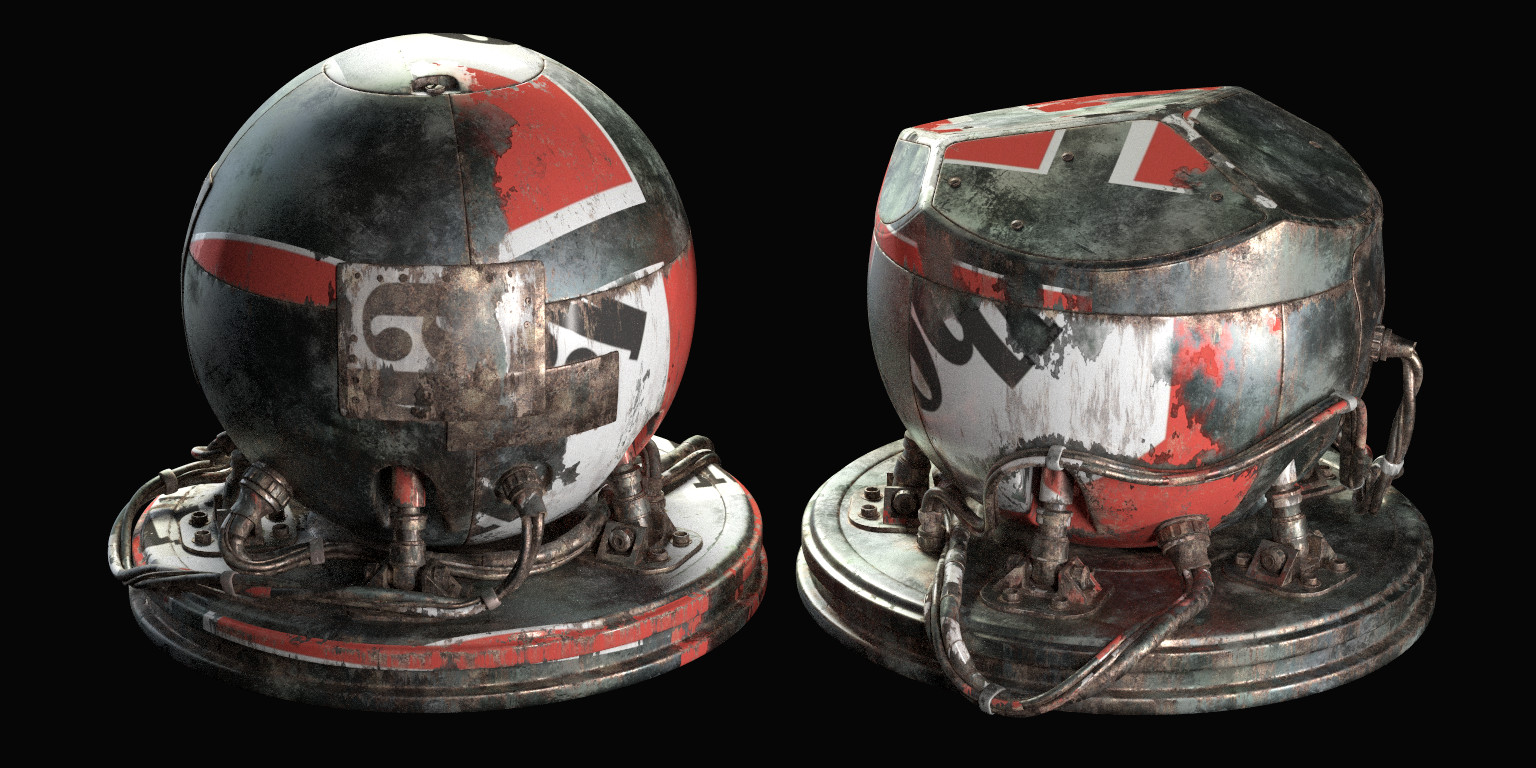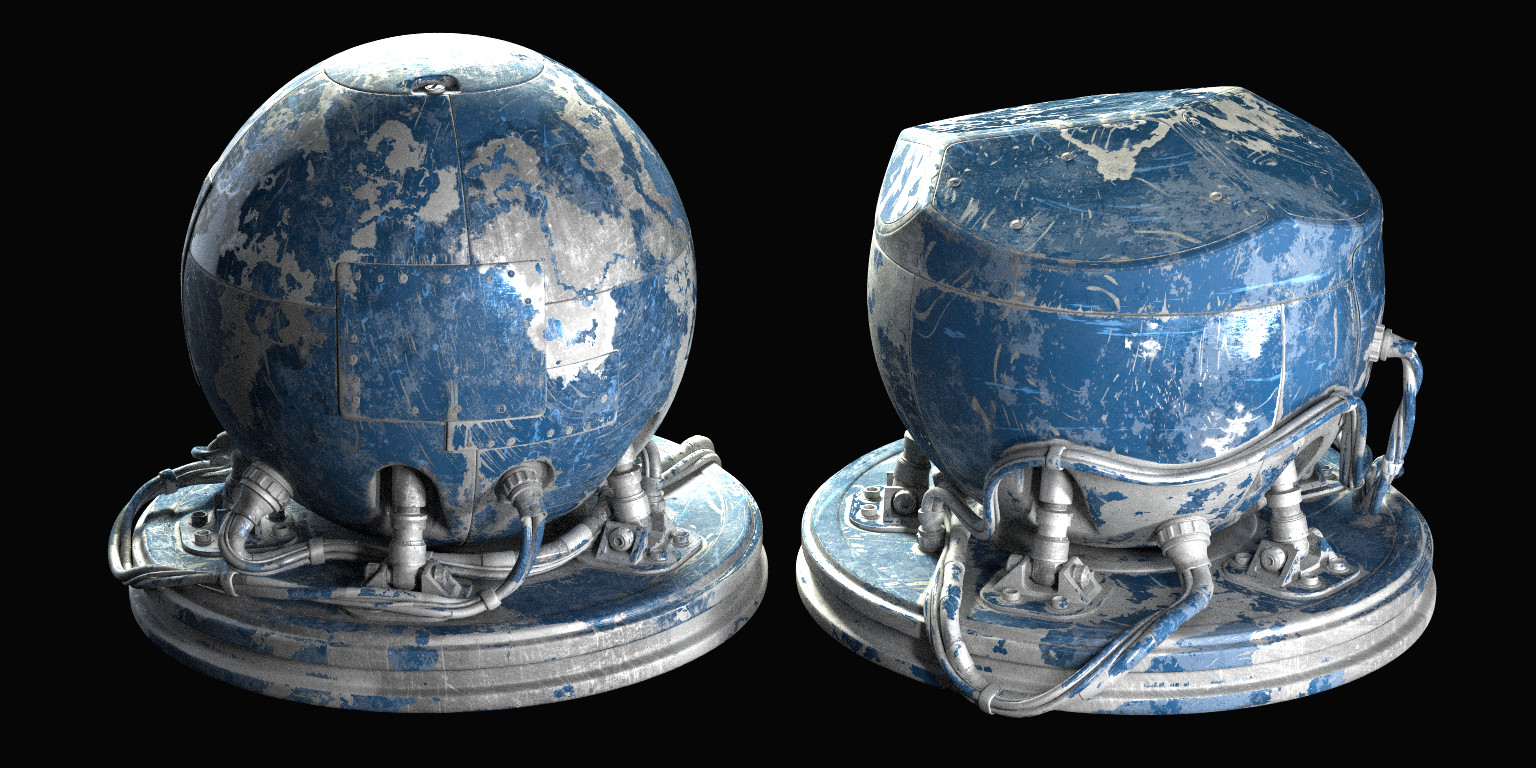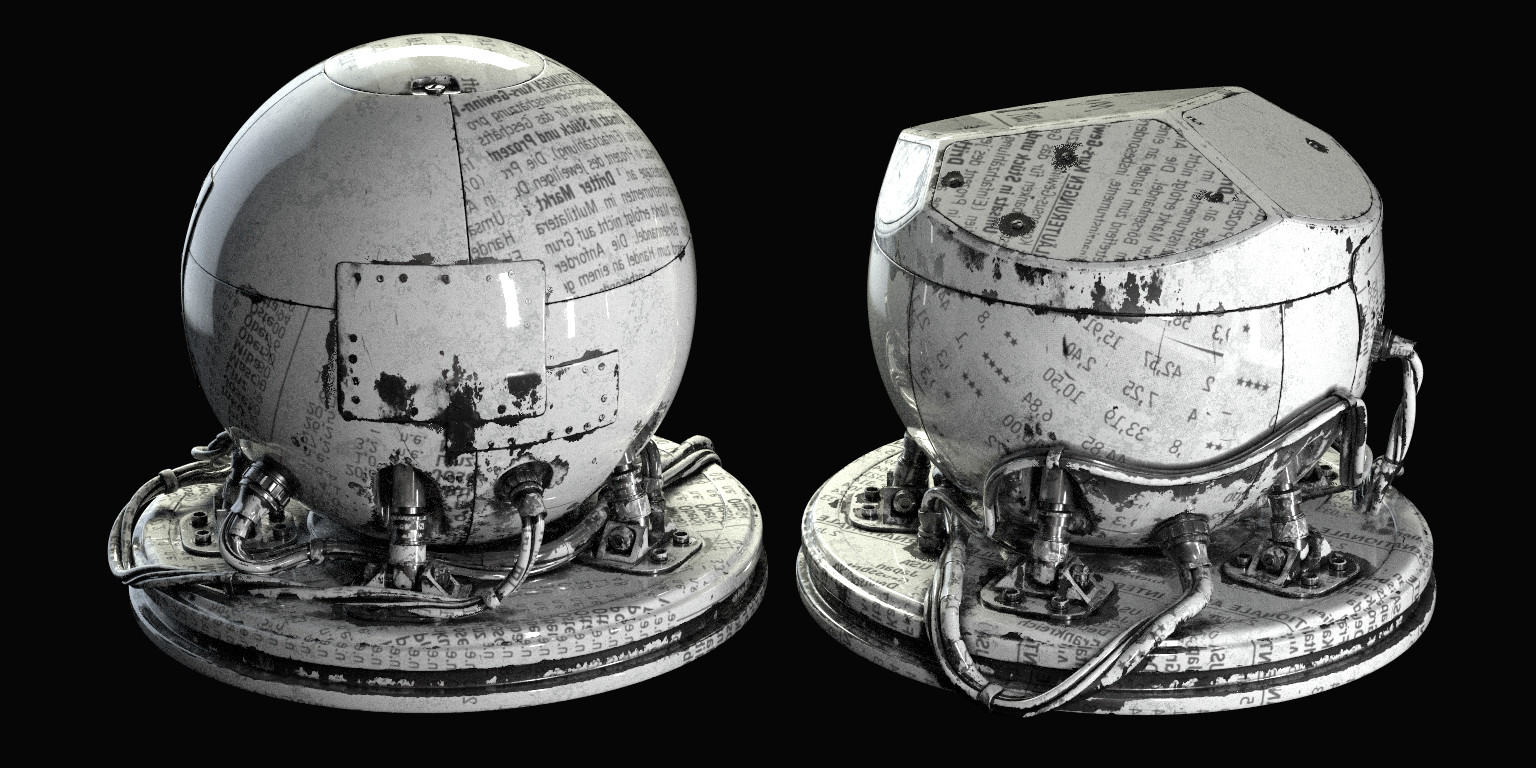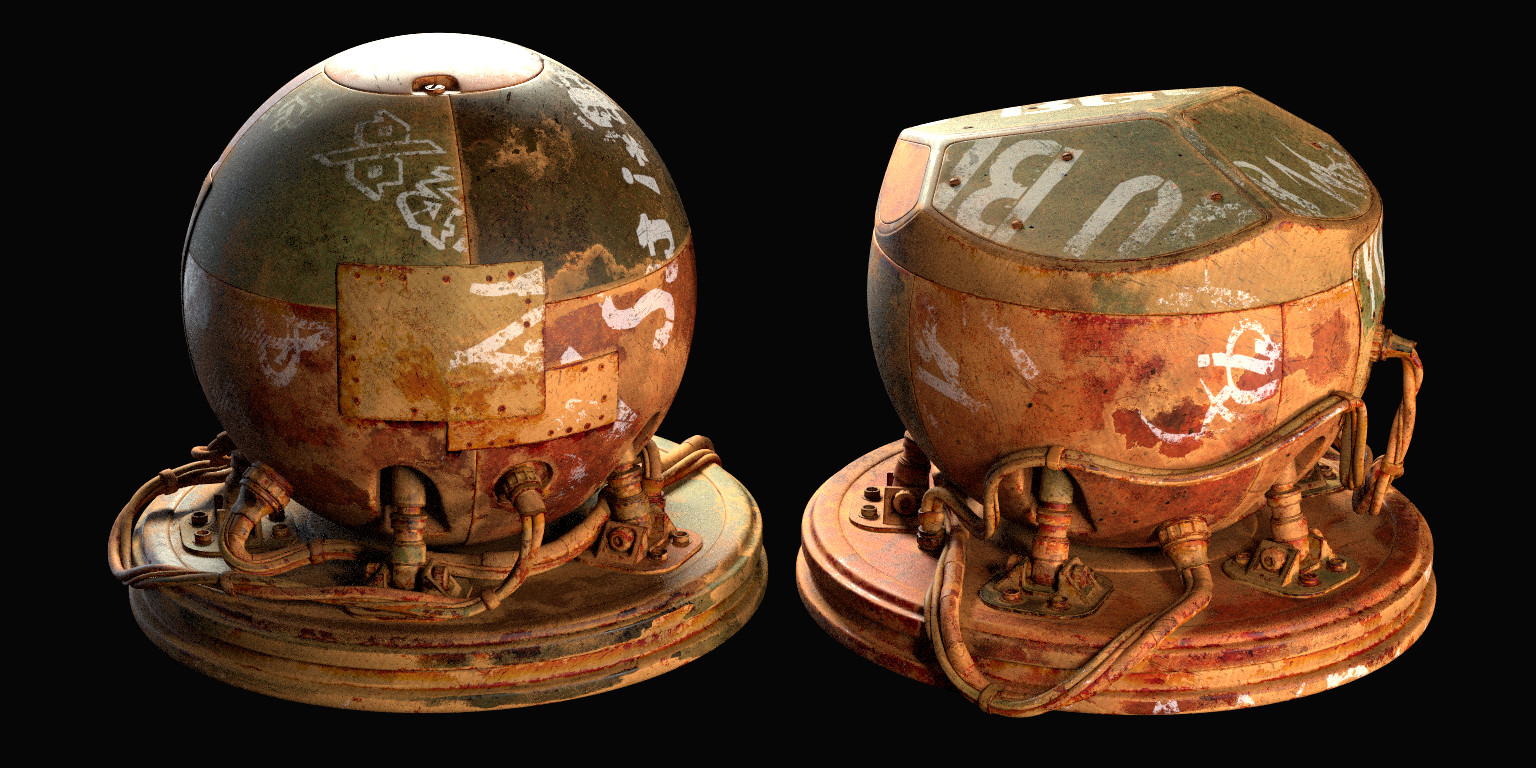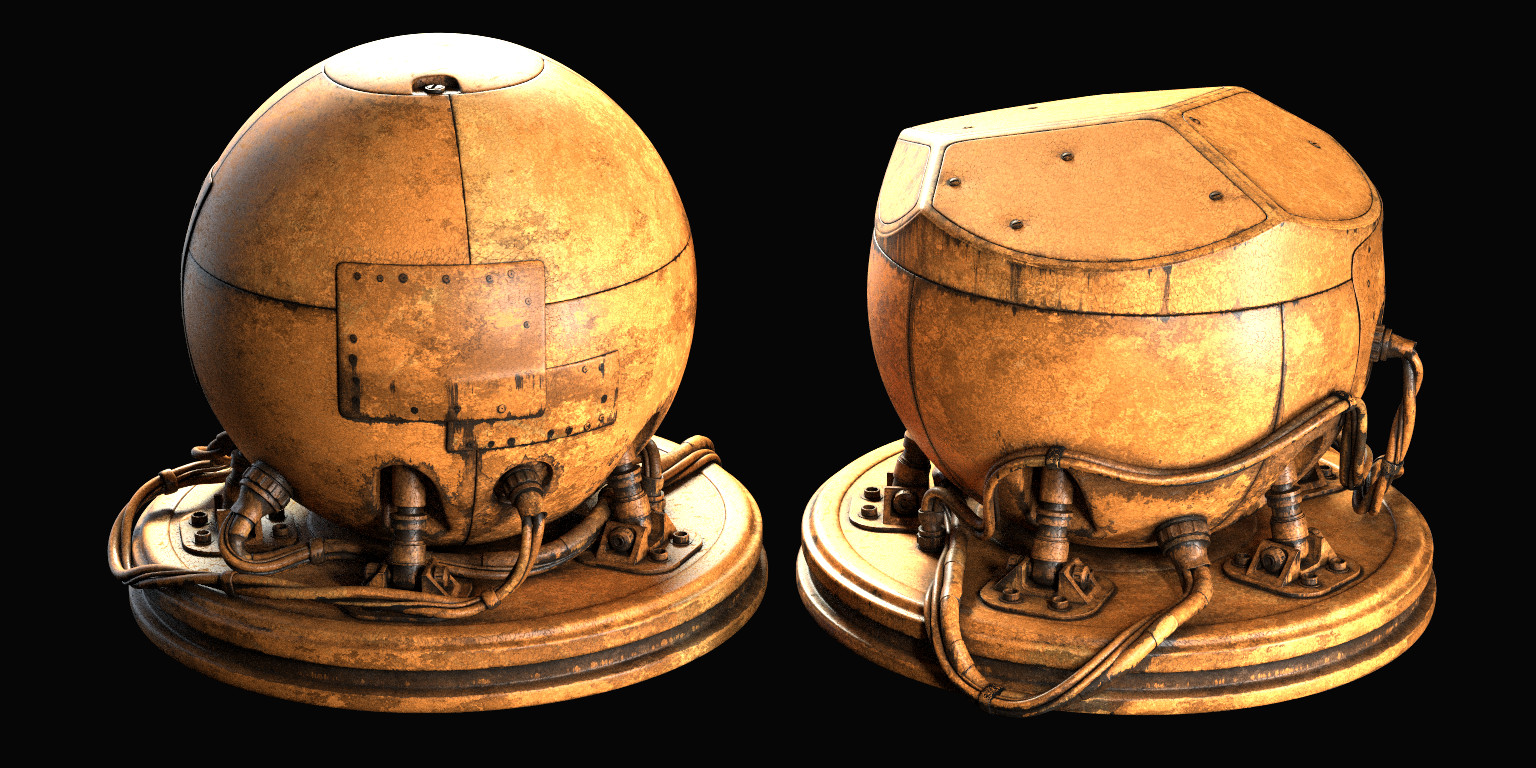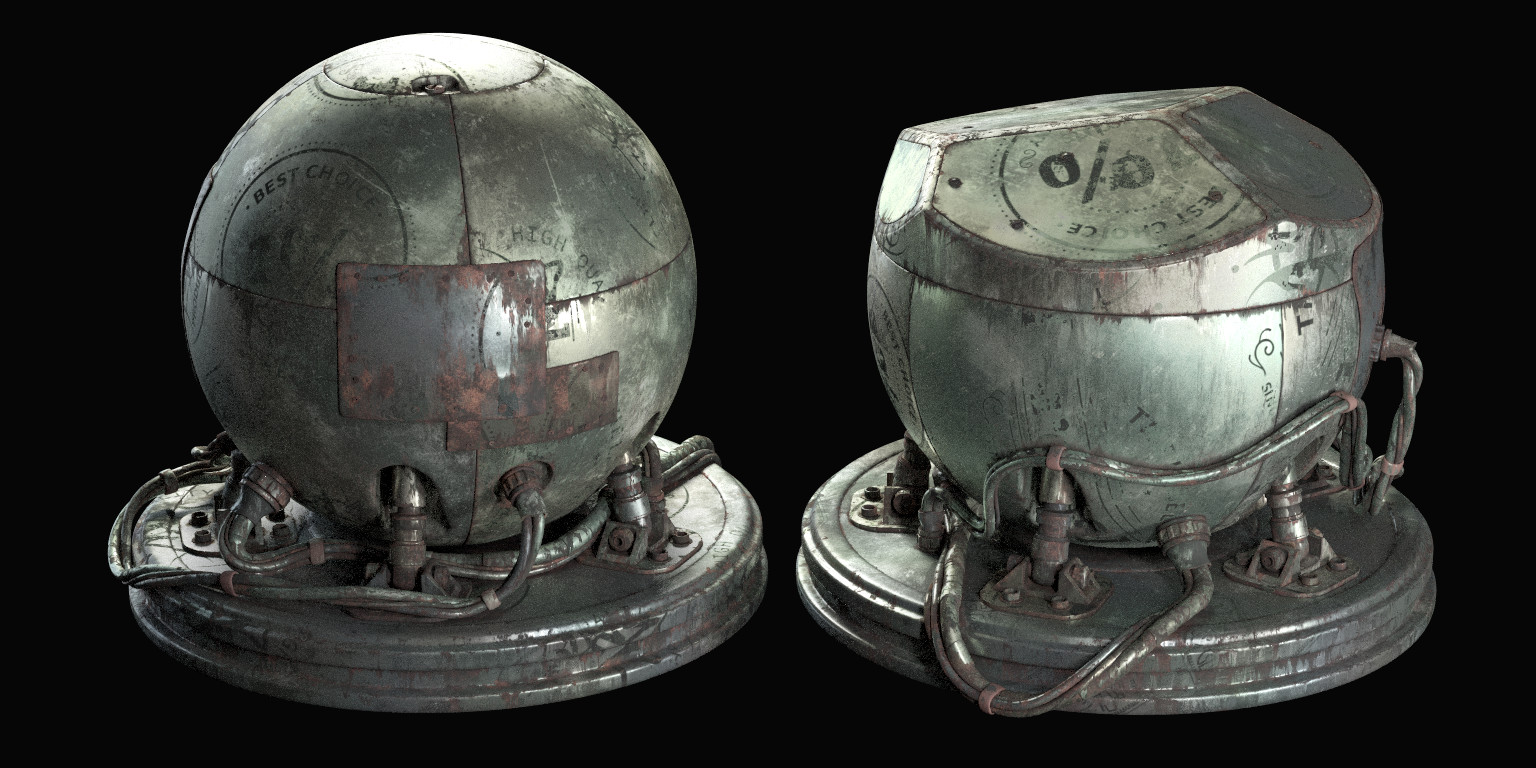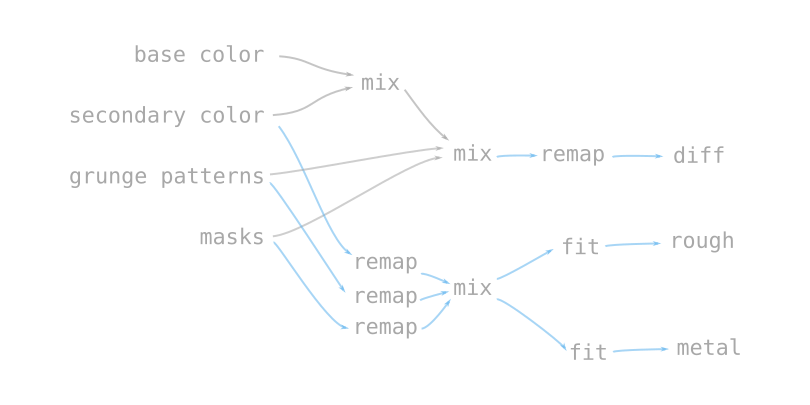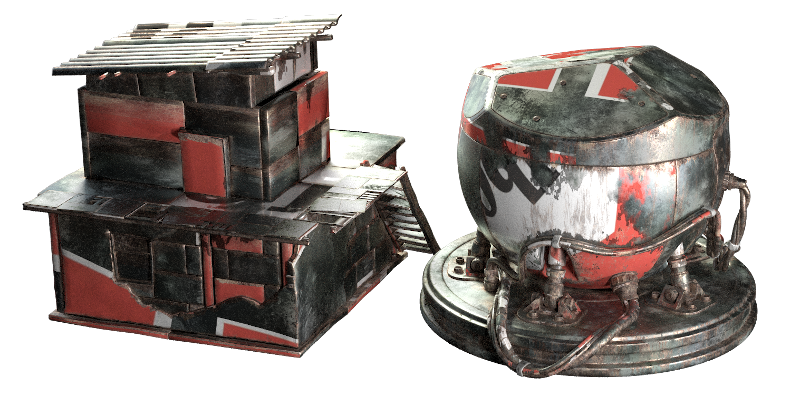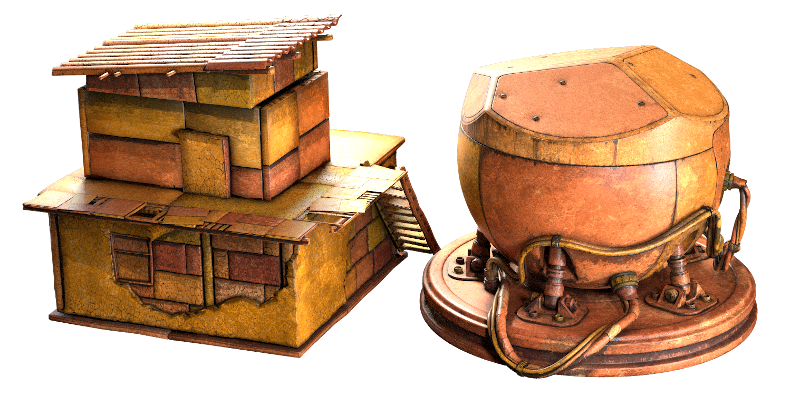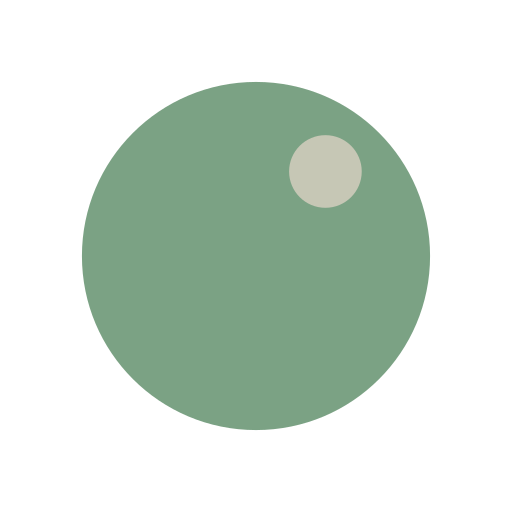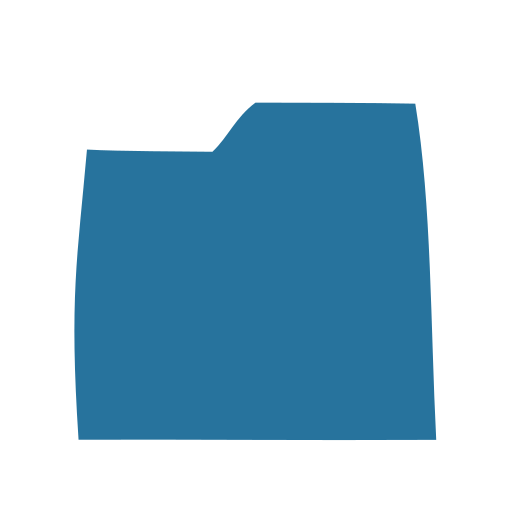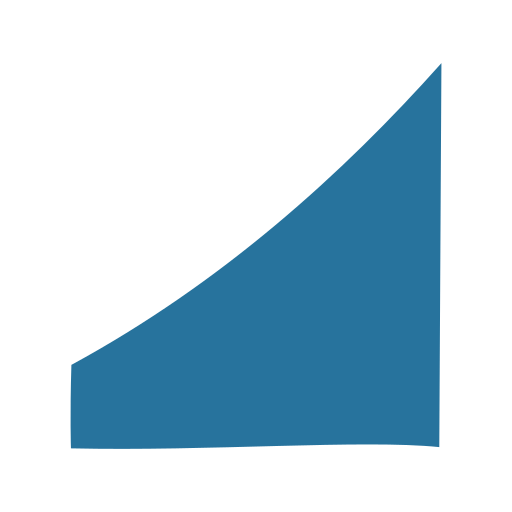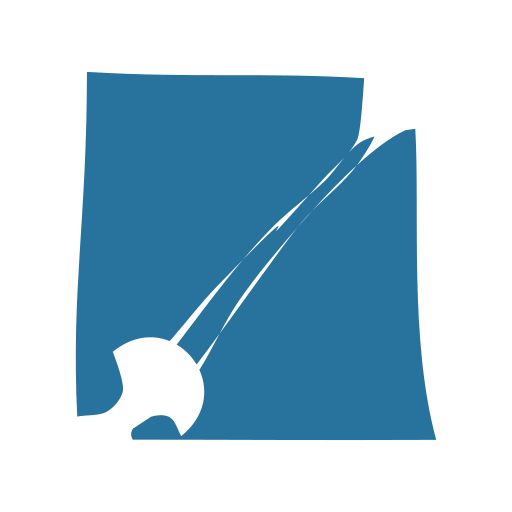the speed increase from mantra to karma is pretty nice. slowly packaging up small hda's. i am still shifting stuff around, besides...
not all stock nodes work yet with karma, displacements are also still an issue.
basic workflow
diffuse
base diffuse layers: metal, wood, fabric etc
secondary diffuse layer: paint, text, aging, rust, grunge
masks define specific features: leaks, mold, grunge, paint chipping
mix between base and secondary colors using the masks
apply wear and tear grunge patterns ontop
mask out parts that reveil the base material (scratches, chipping, etc)
roughness and metallic channels
mix relevant layers using blending modes and / or masks
so the masks do not use any uv's. they are based on normals, world position, occlusion, curvature and thickness.
this lets you construct general purpose shaders on light testing geometry - like a shaderball -
and apply the material to a different asset.
works nicely with similar looking objects - coming
from a shaderball and applying it to a house might be a bit extrem tough... the favela houses are not subdivided,
the curvature harsh and mostly flat... your results may vary.
the main pitfalls are the texture map scaling settings - if you are using uv based
texture maps - and parameters like curvature threshold, occlusion distance and the sorts might need adjustments.

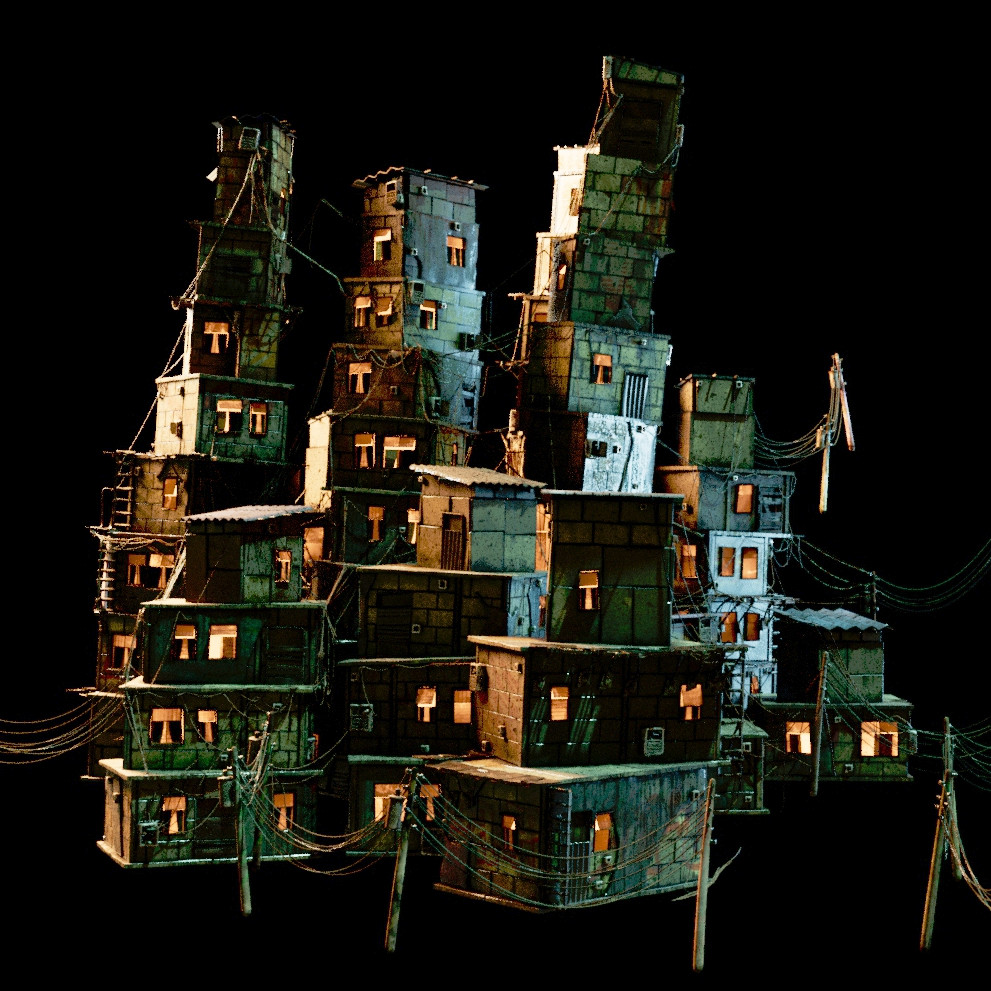
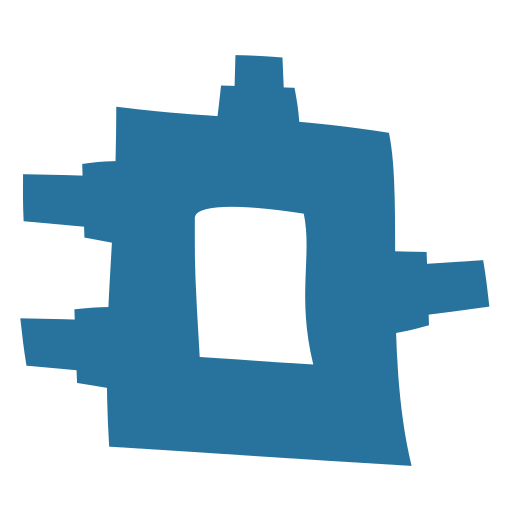
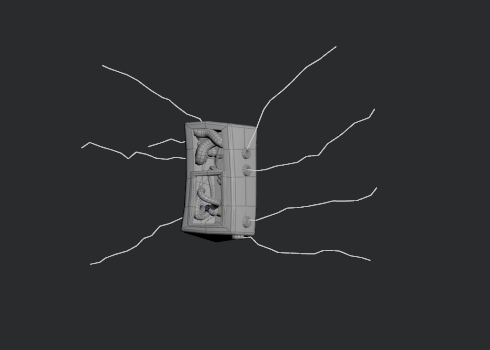

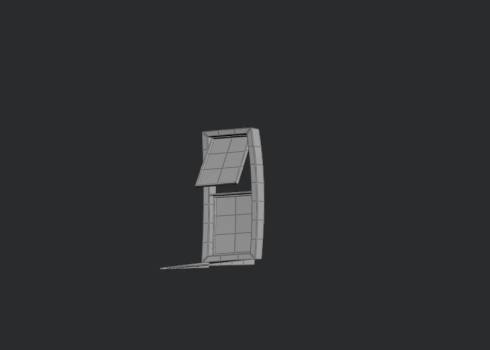

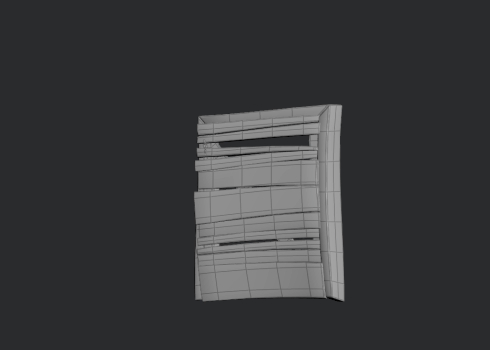
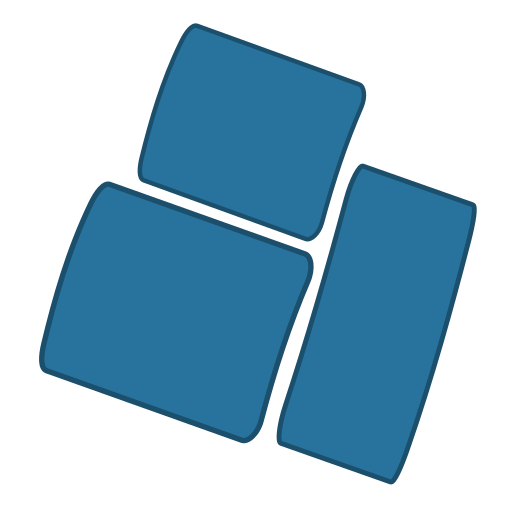
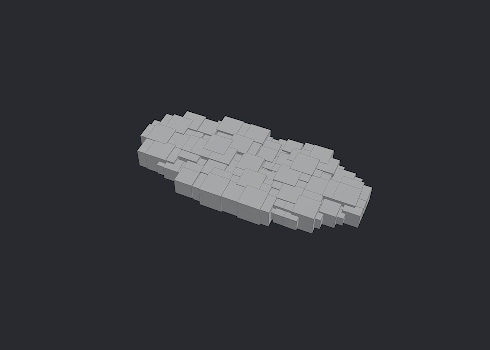
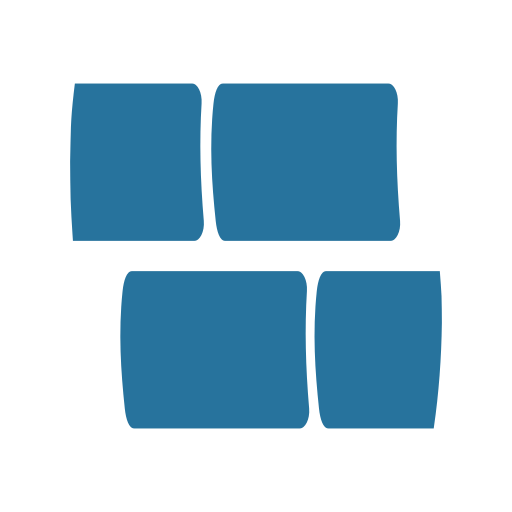
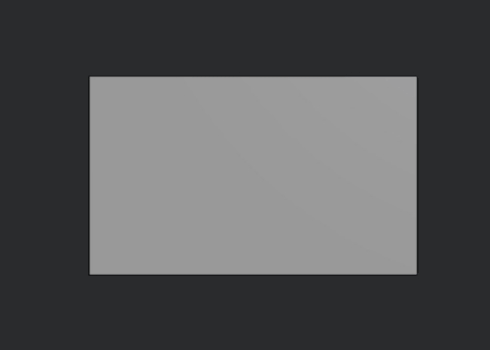

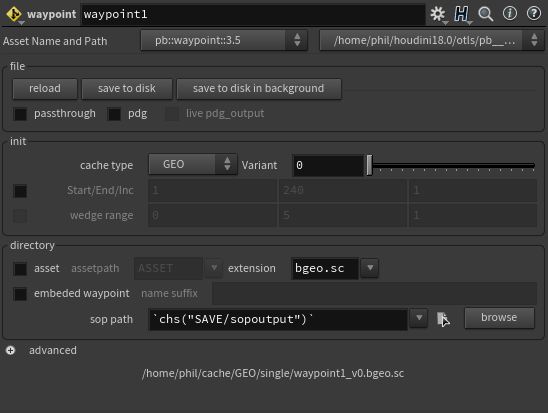
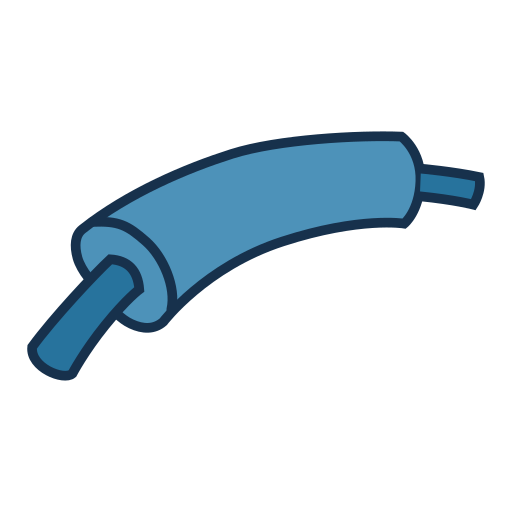
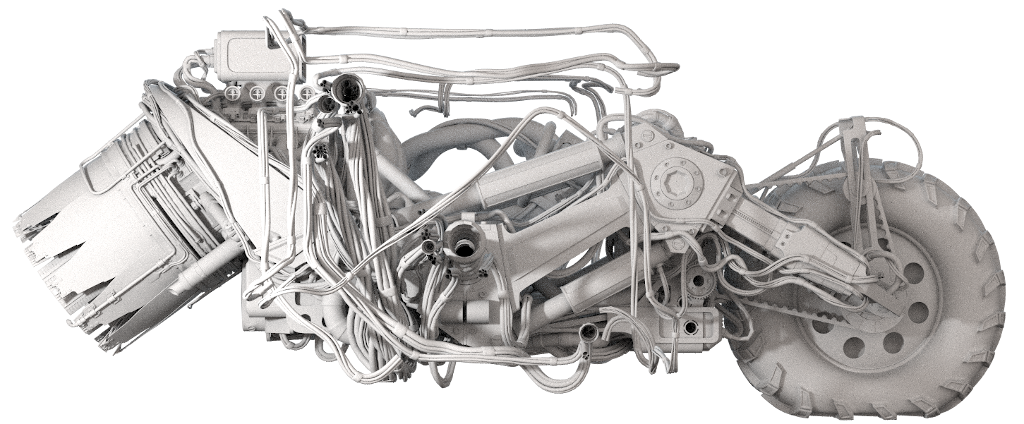 i wanted to place them in specific areas. so this tool workes from a modellers perspective where you lay them
out one by one opposed to "fill this area with cables". at the time i just wanted static cables that i could place efficiently -
turns out that i animated this thing, so this tool got a bit more complex.
i wanted to place them in specific areas. so this tool workes from a modellers perspective where you lay them
out one by one opposed to "fill this area with cables". at the time i just wanted static cables that i could place efficiently -
turns out that i animated this thing, so this tool got a bit more complex.
